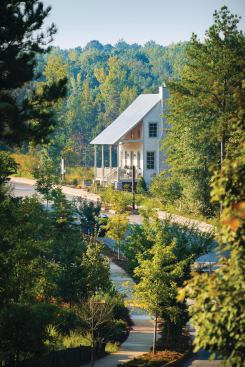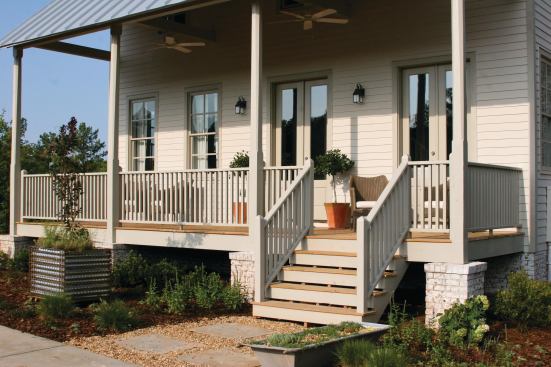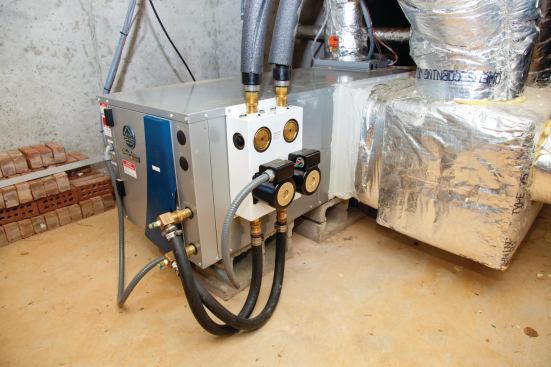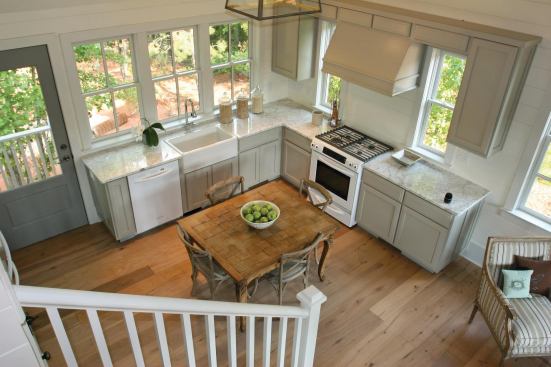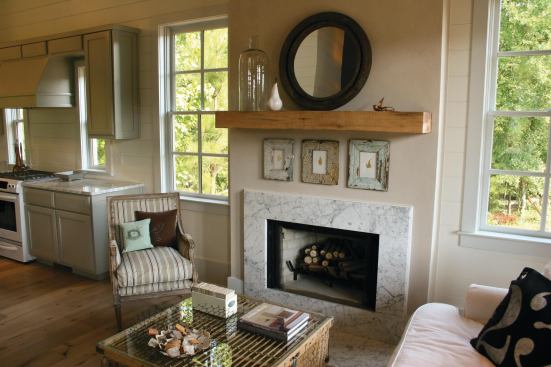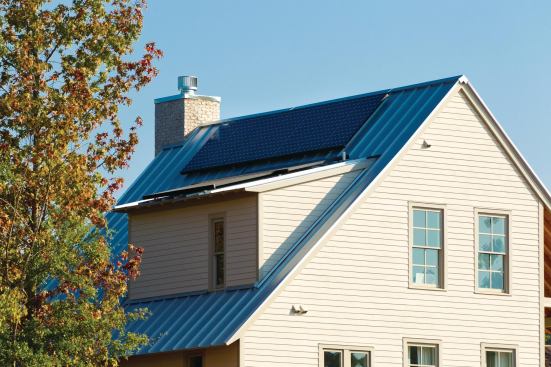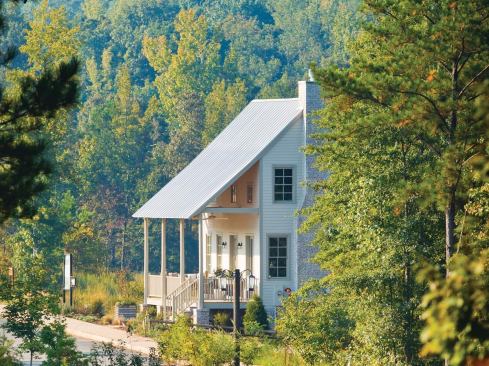Chris Hamilton Photography
Name: Nest Cottage at Serenbe, Chattahoochee Hills, Ga. Size: 1…
Oliver had sketched his small-house concept two years earlier and was shopping it to developers without much success. Despite a 10-year relationship with Serenbe, for which he set the design codes and mapped out the land plan, it took an offhand opportunity for Oliver to show his concept to Serenbe co-founder Steve Nygren, who was in turn inspired to offer the community as a test bed.
Already committed to mandating the EarthCraft House program to his builders at Serenbe, Nygren transformed a handful of prime lakeside lots into the Nest enclave of 15 parcels to evangelize the small-home gospel. “People are realizing that a smaller, cost- and energy-efficient home is smart and healthy,” he says.
Enter Chuck Saleeby, a partner at Martin-Dodson Homes, a builder with a history of high-end custom/luxury homes, including some at Serenbe. The challenge, he says, wasn’t scaling his operation to the size of the cottage (“We actually built it faster because of that,” Saleeby says.) or even meeting its high environmental goals (“We already built to a pretty high standard.”), but getting materials from a supply chain working on recession-era inventories and longer lead times for delivery.
“There’s a lot less wiggle room with a smaller and lower-priced (under $300,000) house if you want to maintain your margin,” Saleeby says. “You can’t miss a few days. You can’t waste anything.”
Now that the first house is built, it will remain open for tours through the end of the year before it is sold, and Building America (through Southface) will monitor its energy use as a model home and after occupancy through mid-2011.
The results, in part, will drive the energy-saving specifications of the remaining cottages at Serenbe, as well as other homes across the country. “The research results from these homes can help set a new benchmark for builders everywhere,” says Dennis Creech, co-founder and executive director of Southface.
Oliver, for one, is raring to go. “We have two more ready to start,” he says of the cottage concept at Serenbe. “We’ll alter the specs a little to see how or if the [energy-use] results differ from the first one,” such as using housewrap instead of the polymer membrane, though the goal will be to match the first home’s efficiency.
As well as its level of comfort.
“People are shocked at how good it feels,” says Oliver of visitors’ reaction following the home’s grand opening in July. “Shifting down from a larger house to a smaller one is already happening, but we’re accelerating the trend with this house by letting developers, builders, and consumers know that you can do it and that there’s a market for it.”
Rich Binsacca is a contributing editor for EcoHome.

